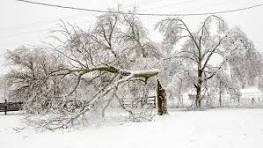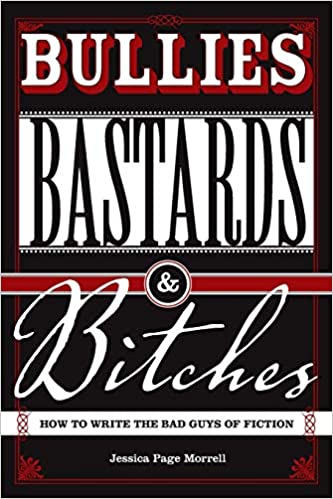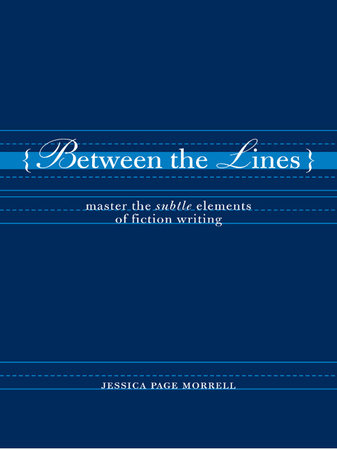 It’s another harsh morning here in the Pacific Northwest. We’re still digging out from an arctic storm and brutal winds blasting in from the Columbia River Gorge. The region has a staggering number of trees down crashing into roofs, flattening cars, and taking out power lines. While main thoroughfares are driveable, many roads are still impassable or closed, neighborhoods and thousands of homes without power. Burst pipes all over the place. Note: the trees here that are crashing over are significantly larger and older than the ones in this photo–I can’t find a good image.
It’s another harsh morning here in the Pacific Northwest. We’re still digging out from an arctic storm and brutal winds blasting in from the Columbia River Gorge. The region has a staggering number of trees down crashing into roofs, flattening cars, and taking out power lines. While main thoroughfares are driveable, many roads are still impassable or closed, neighborhoods and thousands of homes without power. Burst pipes all over the place. Note: the trees here that are crashing over are significantly larger and older than the ones in this photo–I can’t find a good image.
I’m homebound, but my power remained on, thank God. It’s going to stay below freezing today and tomorrow afternoon freezing rains are arriving before it warms up–so I’m not putting away my battery-powered lanterns, flashlights, and candles yet. I’ve been wearing layers, working on an editing project, writing, reading The Tenderness of Wolves by Stef Penney (highly recommend), watched the Green Bay Packers defeat the Dallas Cowboys in an especially fun and satisfying victory, and using my oven to help heat the house.
Lands of Belief
Let’s talk about story openings. I believe in the power of stories to enlighten, heal, and transport readers to lands of belief. Developmental editing focuses on the fundamentals of creating a publishable book or story such as structure, pacing, dialogue, character development and arc. It’s collaborative and the suggestions I supply are detailed, doable, and sometimes profound. And I take my role as teacher seriously. I use Track Changes to line edit, insert, and message the writer. I create detailed memos and answer follow-up questions. Thus the changes needed are illustrated in the manuscript. This is how to deepen viewpoint. This is how to write crisper sentences. This is how to bump up dialogue. This is how to slow down for impact and emotional resonance.
This is how you pull readers into the first pages and world of the story and nail them there.
So here’s a little trick: Imagine your readers have arrived at your story as if they’ve traveled far to reach their destination. And are severely jetlagged. You know the feeling: weary, limp, disoriented, overwhelmed, thick-headed. Far from home. Your instincts might be to gently take the reader’s hand and nudge them into the story with a pontification, or murmur, or a vague sense of reality. A featherbed sort of introduction.
introduction.
Nix. Nein. Non. Instead immerse your reader via sensory proofs of the story world, with smells and sharply-drawn details, sounds–because sounds are linked to emotions, and, of course, through indelible sights. The more exotic the setting, the more specific and thoughtfully rendered proofs are needed. Readers are witnesses and participants in storytelling. So think layers and texture and complexity woven from your first sentences.
By the time the jetlagged traveler trundles up to his or her hotel room to unpack and freshen up, he or she might be debating if a nap is the best course of action. But no naps allowed. Your tourist-slash-reader needs to leave the hotel, gape into into the harsh morning light, and struggle to hydrate. Maybe browse through a market spotted on the taxi ride from the airport. Or find a cafe for a stomach-settling meal, caffeinated beverage, or people watching. Maybe a stroll along the inviting sea.
And yes this works for stories set in the ordinary world too with or without corpses. If your character is ripped off by a pickpocket upon arrival, the police station might indicate an inadequate budget and outdated equipment. Or it might be be well-lit, efficient, and accomodating to the public. Cops need technology, the building needs an emergancy exit, and the layout will suggest the hierarchy in the department.
Same with the crowded apartment or bungalow, seemingly boring office, or small town.
This also means your opening contains tension–a tantalizing sense of unease. Perhaps a surprise or two. This doesn’t mean the reader {via the character} needs to trip over a corpse or encounter a villain. Although come to think of it, if she strolls along the inviting sea and stumbles over a corpse with his head bashed in… You get the idea–someone or something needs to disturb the opening. It needs threat.
However, your first pages don’t always need an opening salvo, as in bombardment or barrage. Fictional (and memoir) openings might suggest or even whisper that things are not quite right as might happen in literary fiction. But there are underlying disturbances in play. Disturb is a good word to remember about openings. No matter your genre.
Or you could portray a seemingly perfect or delightful situation that goes haywire–after you’ve supplied a brief honeymoon. You’ve got endless options to shake up your reader. And no matter that your jetlagged reader needs a wee nap. Or to drop onto the bed and succomb to dreamland. But not yet. Not yet.






Leave a Reply